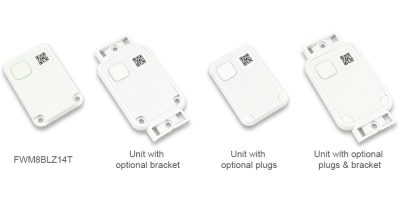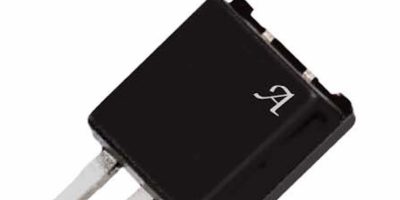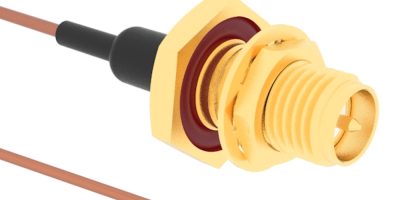Asset tracking in hospitals, offices, warehouses and factories can be achieved using a mesh unit, or tag, with built-in Wirepas Mesh 2.4GHz network connectivity by Fujitsu Components America. When used with Fujitsu’s IoT connectivity anchors, sensor nodes, or USB dongle products, the FWM8BLZ14T mesh tag enables the creation of large, high density networks which operate autonomous rerouting in the event of device failure or changes in the network environment.
The IP67-rated tag is water resistant, so stains, particles, and liquids (such as chemicals, medications, and blood) may be washed off without risk of damage. The battery housing (patent-pending) is designed to facilitate easy battery replacement by end-users. It also contributes to environmentally friendly, sustainable use, said Fujitsu Components.
The tag is only 5.8mm thick, so it can be placed between stacked equipment. Two screw holes allow for three mounting options. The tag can be directly mounted, or mounted using an optional bracket to securely attach the tag to the desired location, or the hole in the tag can be used to attach the tag with a strap or lanyard. If screws are not used, the screw holes may be sealed with fitted white or coloured plugs for identification purposes.
The FWM8BLZ14T also includes an embedded pattern antenna, a carrier frequency of 2,400 to 2,483.5MHz, a modulation/symbol rate of GFSK / 1Mbits per second and the ability to operate at temperature and humidity levels of -30 to +70 degrees C and 20 per cent RH to 80 per cent, respectively.
A push switch functionality allows the unit to be used to convey crisis messages, trigger alarms, or locate individuals in an emergency. The tag operates on 40 channels, with spacing of 2MHz and runs on a coin cell CR3032 lithium battery (not included). The tag measures 52.8 x 35.9 x 5.8mm.
Samples are available in December 2022, and orders will be accepted in January 2023.
Fujitsu Components America distributes electronic and system components and sub-systems throughout North and South America. Its product portfolio includes relays, touch panels, thermal printers, wireless modules and input and pointing devices.
The company is headquartered in Sunnyvale, California, USA.







